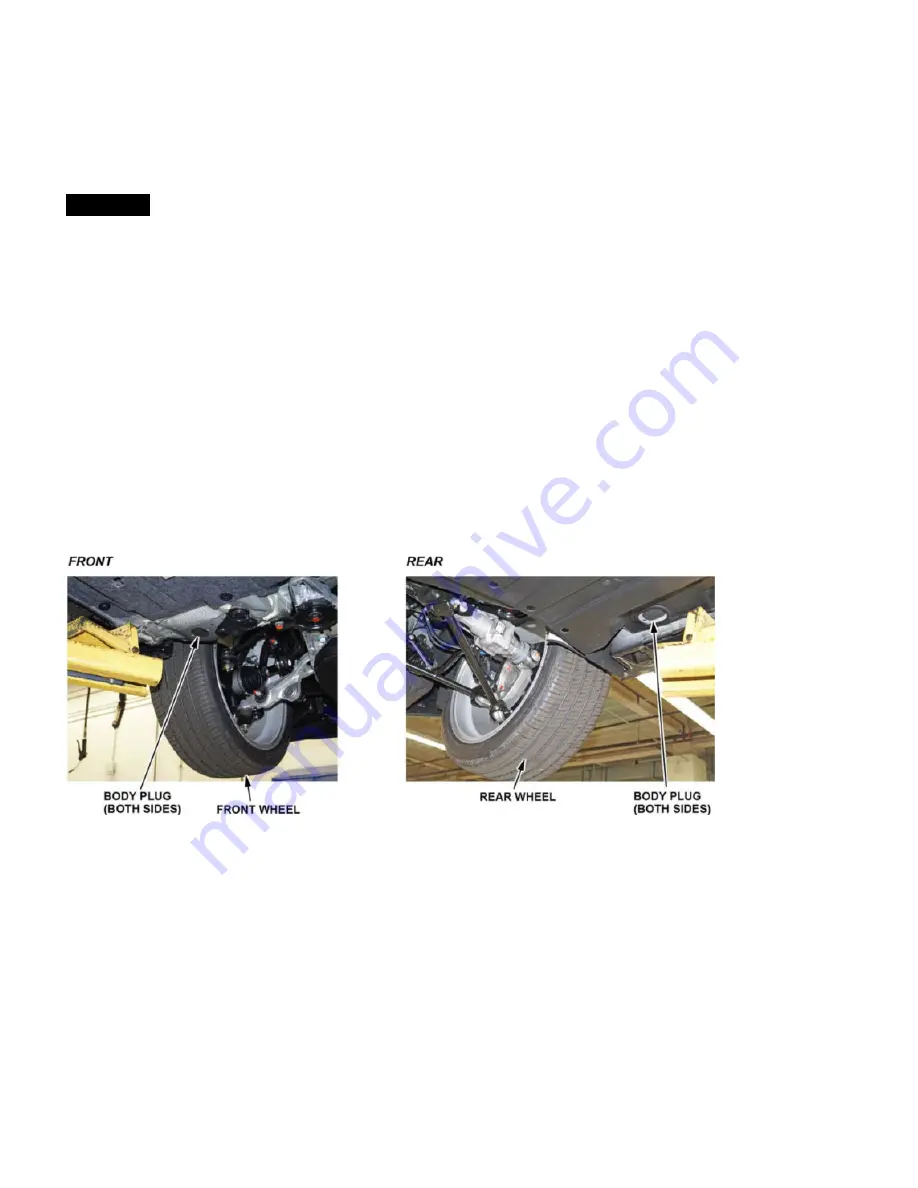
Vehicle Exterior
7.
Set the Tire Pressures
To prevent flat spots during vehicle shipping and storage, the tires are inflated to over
40 psi
. Adjust the tire pressures to
the cold inflation values listed on the driver's doorjamb label. If you are in a cold climate region, make sure the tires are
at the same temperature as the outside air before adjusting the pressures; otherwise, the Low Tire Pressure/TPMS
indicator may come on in cold weather.
NOTE
There is no spare tire. This vehicle comes with a tire repair kit that is stored under the trunk lining. An optional spare tire
can be ordered separately.
8.
Initialize the TPMS
If the Low Tire Pressure/TPMS indicator stays on with the power system turned to ON, do this to initialize the system:
8.1. Turn the power system to ON, then turn it to OFF.
8.2. Wait
25 seconds
.
8.3. Repeat steps 8.1 and 8.2 three times.
8.4. Check the TPMS message on the driver information interface; the tire pressure readings should be normal. If they
are abnormally high, check for DTCs with the i-HDS.
Vehicle Exterior (Vehicle Raised to Full Height)
9.
Install the Body Plugs
Install the body plugs as shown. If they are not installed, the vehicle could make a wind-like noise that is hard
to troubleshoot.
Page
8
of
15

































